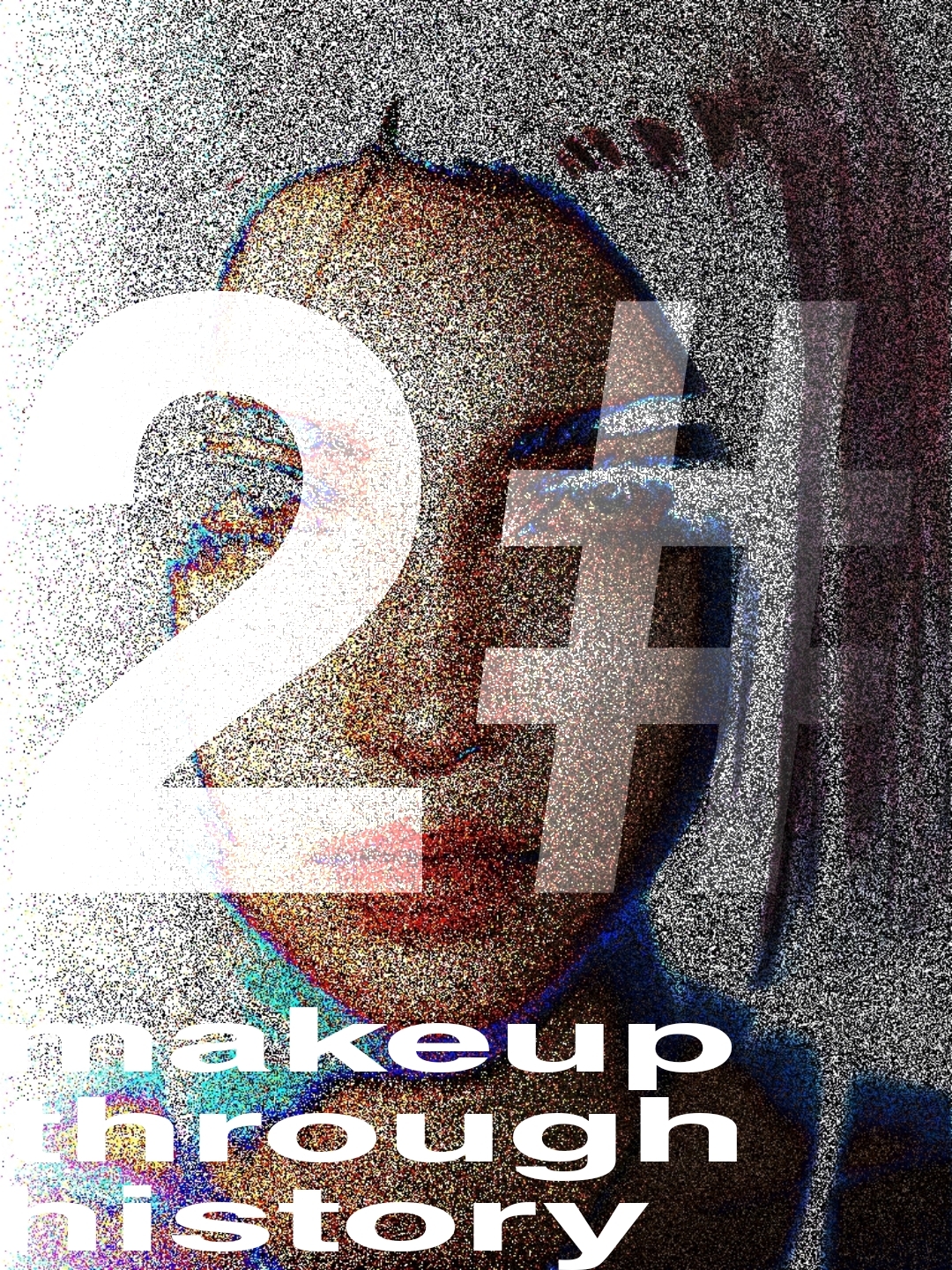
Throughout history, makeup has been a fascinating reflection of social, cultural and aesthetic evolutions. Through eras and continents, its path is paved with rituals, symbolism, but also expressions of individuality. How has makeup developed over the past?
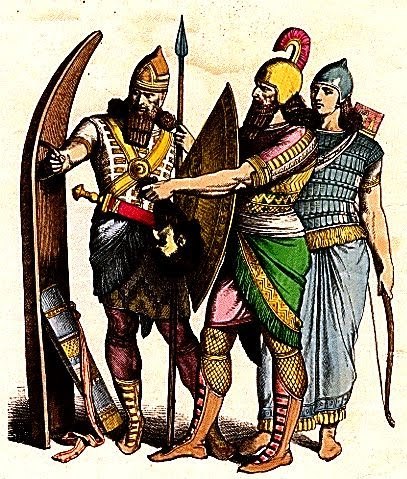
Assyrian army
Prehistoric makeup
Although prehistory leaves us with limited clues about everyday life, archaeological findings indicate that makeup had a place even in the earliest stages of human civilization. In this era, makeup served not only aesthetic purposes, but also had a deeper meaning in rituals and beliefs. For example, in 3200 BC, the Babylonians painted their nails with black nail polish before going to war, and this was meant to intimidate their enemies.
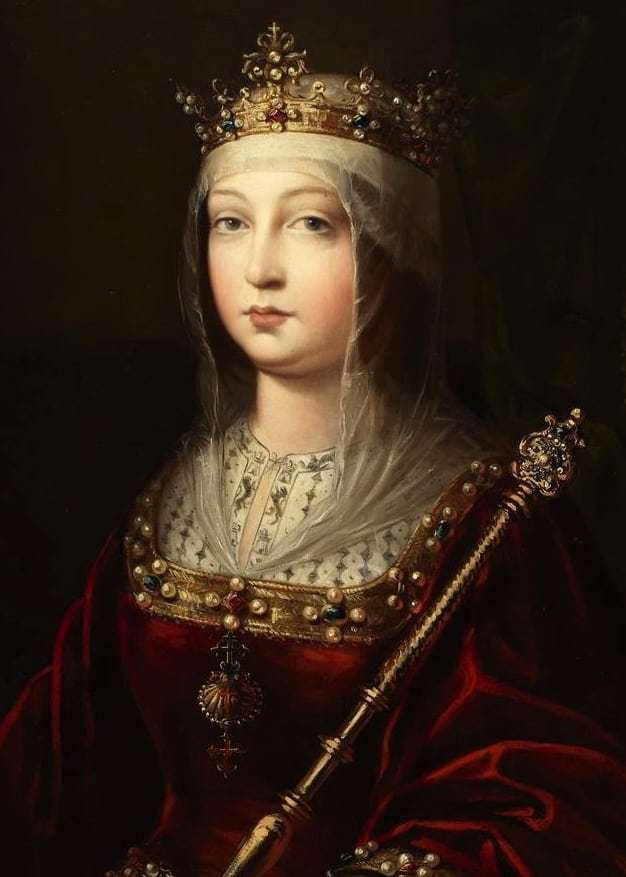
Queen Isabel I of Castile
Mediveal makeup
In medieval Europe, women from the upper social classes often used makeup to emphasize their status and increase their attractiveness. Red lipstick represented wealth and prestige, while the eyes, using dark colors like black and navy blue, had a mysterious meaning, representing the beauty in the very mystery of the person.
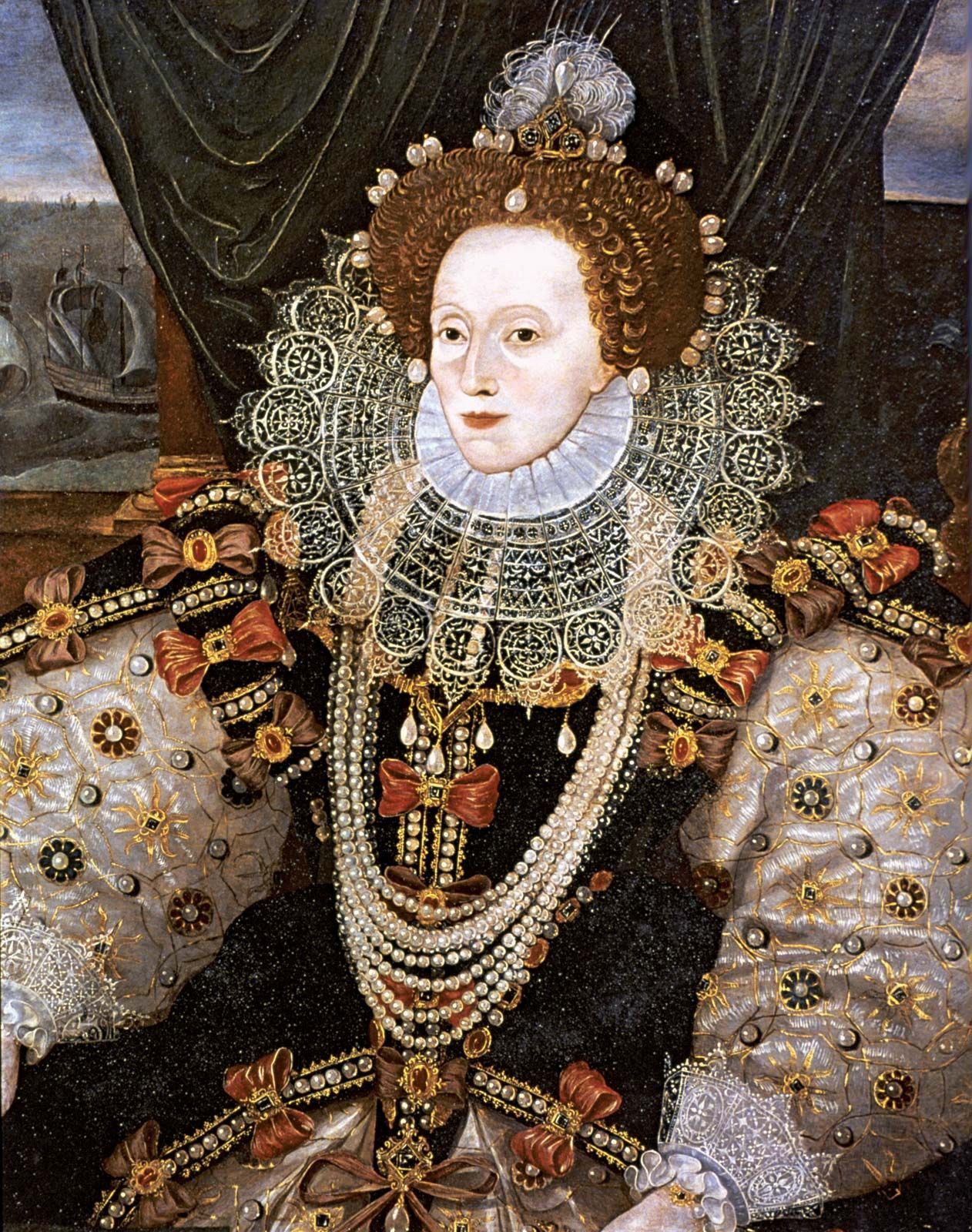
Queen Elisabeth I Tudor
Renaissance makeup
In the Renaissance, white powder became an indispensable part of make-up. At that time, a pale path meant a high social status. Also, red lipstick has retained its status, but has brought new meanings, such as: passion, vitality and power. There is a story that Queen Elizabeth I Tudor died from makeup that poisoned the blood in the veins on her face. Apparently, she used Venetian cerus to whiten her skin, she had the impression that she was not pale enough, so she took her own life by excessive use of makeup.
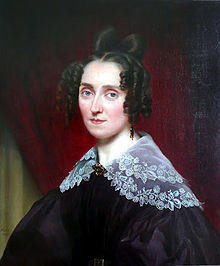
Louise Farrenc
Makeup before First world war
Before the First World War, European society was characterized by a shift towards a more modern approach to make-up. Women increasingly used makeup as a means of personal expression and creating an individual style. Throughout those years, lighter powders and pastel shades were popular, maintaining the lighter tone of the pre-war era.
Resource limitations and changes in social roles during the war led to the emergence of a minimalist look.
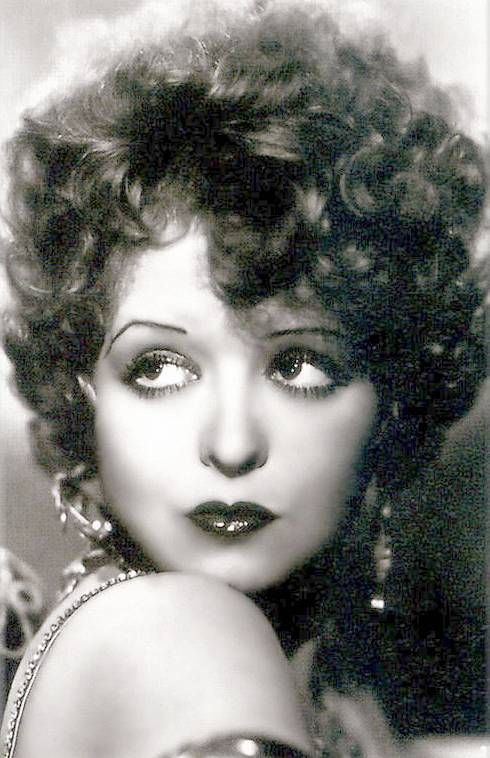
Clara Bow
Makeup before Second world war
After the First World War, the twenties brought a radical change in fashion and make-up. The lady of the "flapper" era experimented with a distinct look, emphasizing the eyes with dark pencils and shadows, while the lips were often red or a darker shade. This free and carefree look perpetuated the spirit of the times, where society sought liberation from the constraints of war.
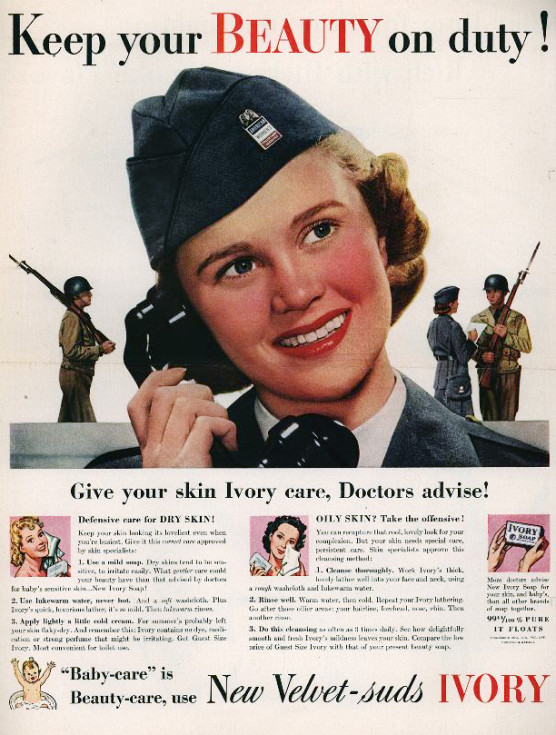
"Keep your beauty on duty" poster published in year 1942
In World War II, the minimalist approach to makeup made a comeback, for the same reason that emerged from World War I.

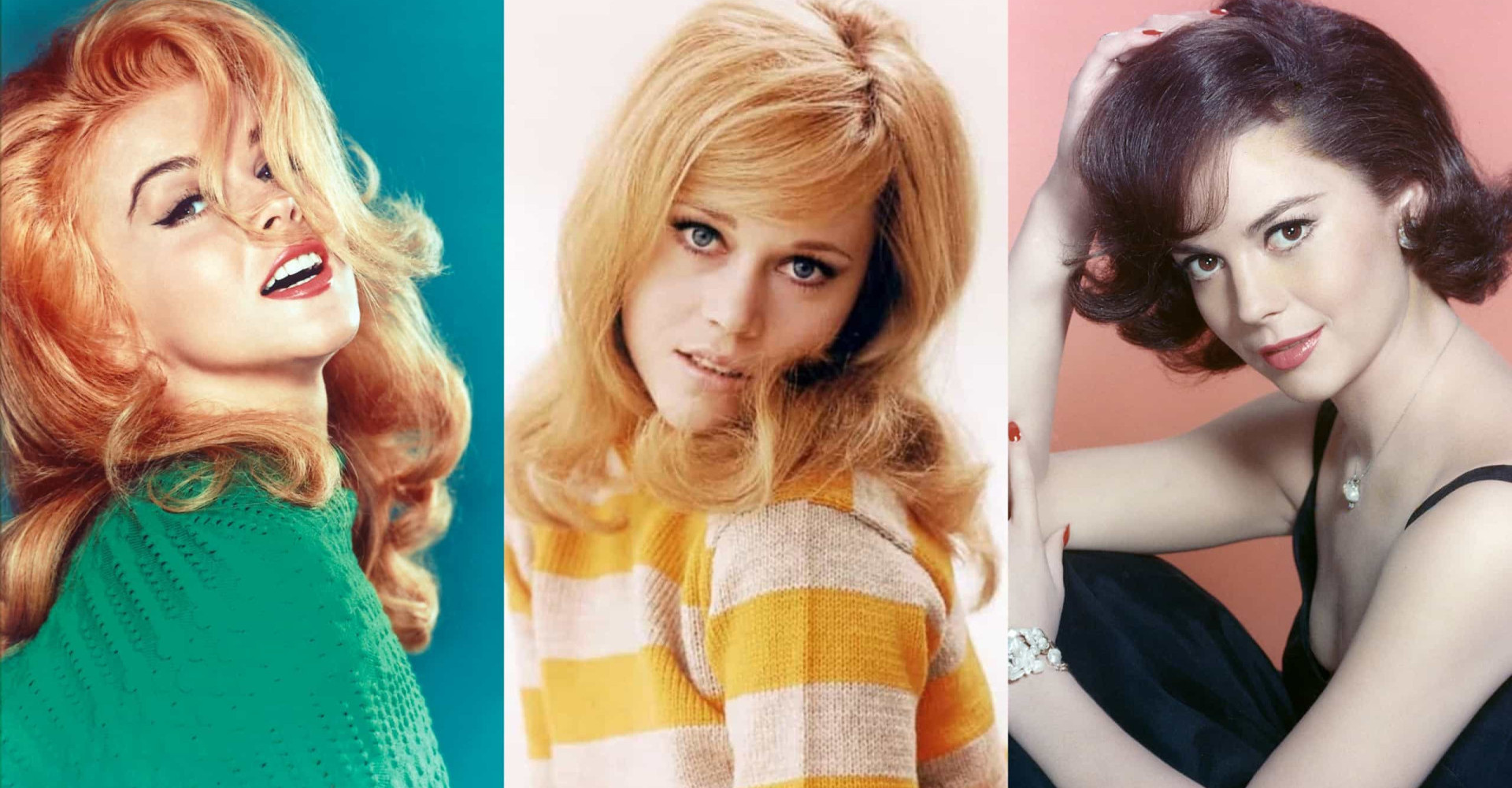
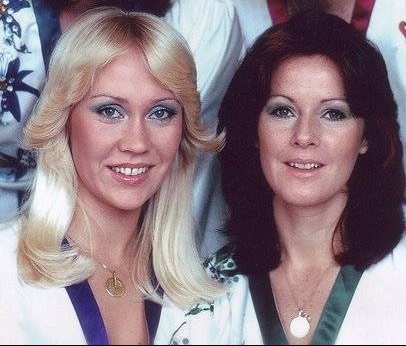

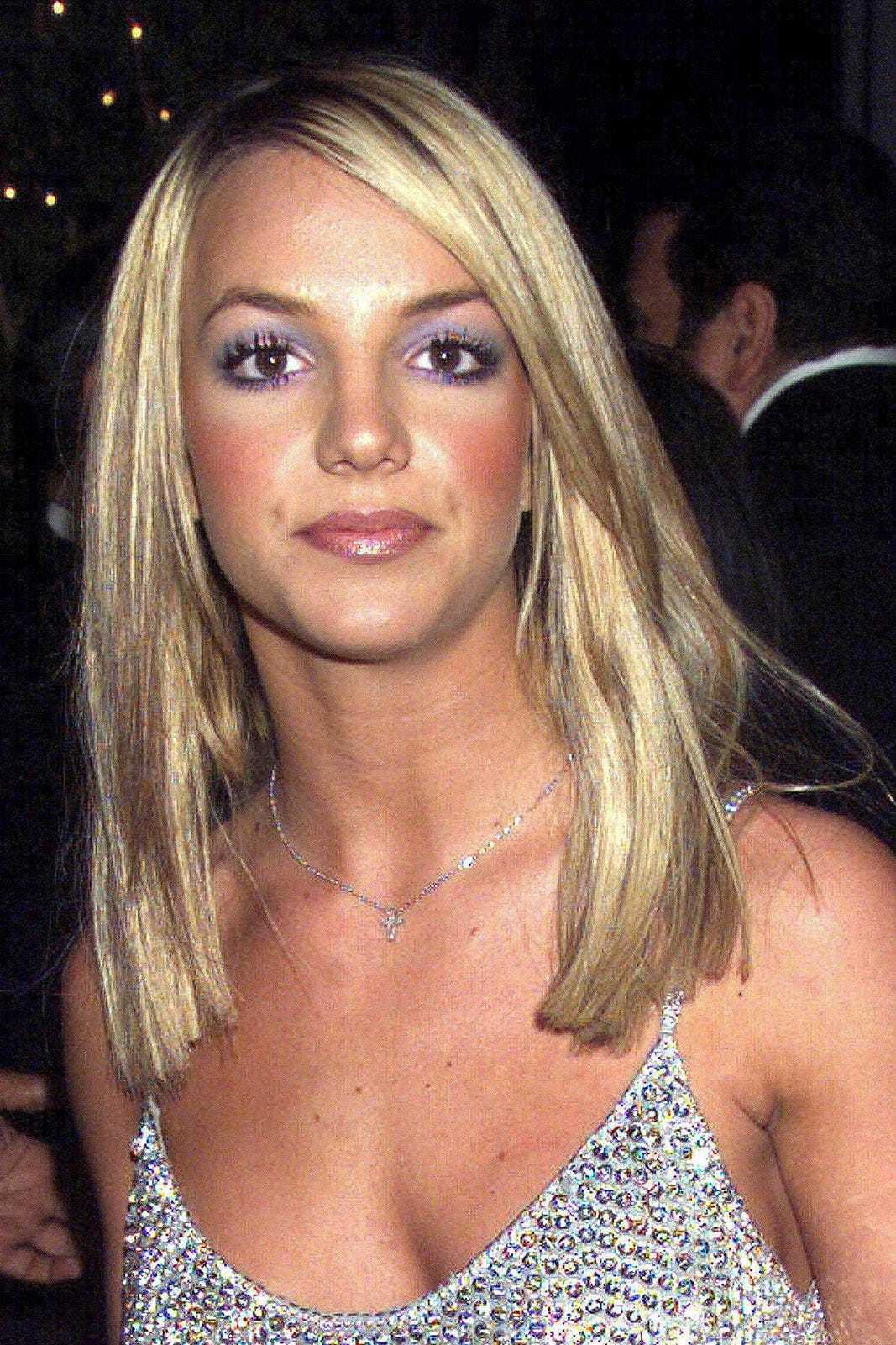
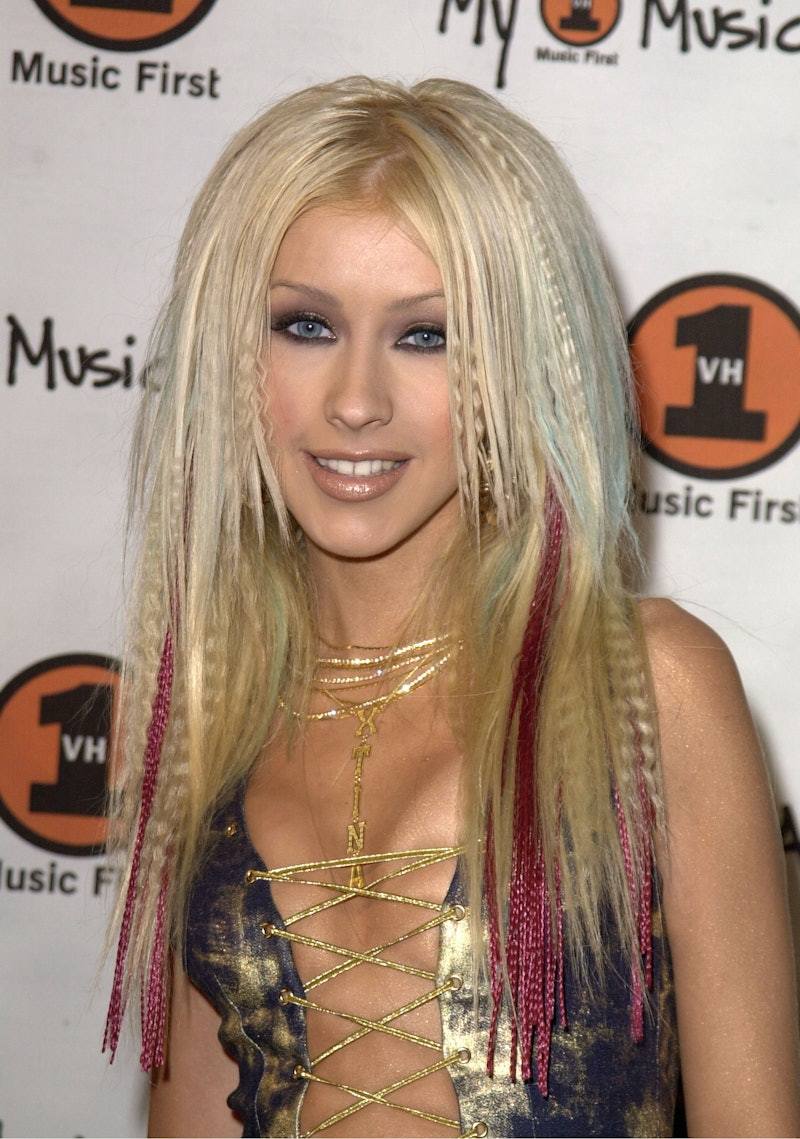
Marlyn Monro (50s makeup), Ann Margret, Jane Fonda, Natalie Wood (60s makeup), Agnetha Fältskog and Frida Lyngstad from ABBA (70s makeup), Maddona (80s makeup), Britney Spears (90s makeup), Christina Aguilera (2000s makeup)
Makeup in post-war period
The post-war period saw a revitalization of the makeup industry. The revival of the economy and changes in social norms have contributed to a strong return of the desire for luxury and aesthetics. Glamorous looks became popular, with lips highlighted with red lipstick, which perpetuated the desire to return to elegance and femininity after years of restraint and modesty during the war.
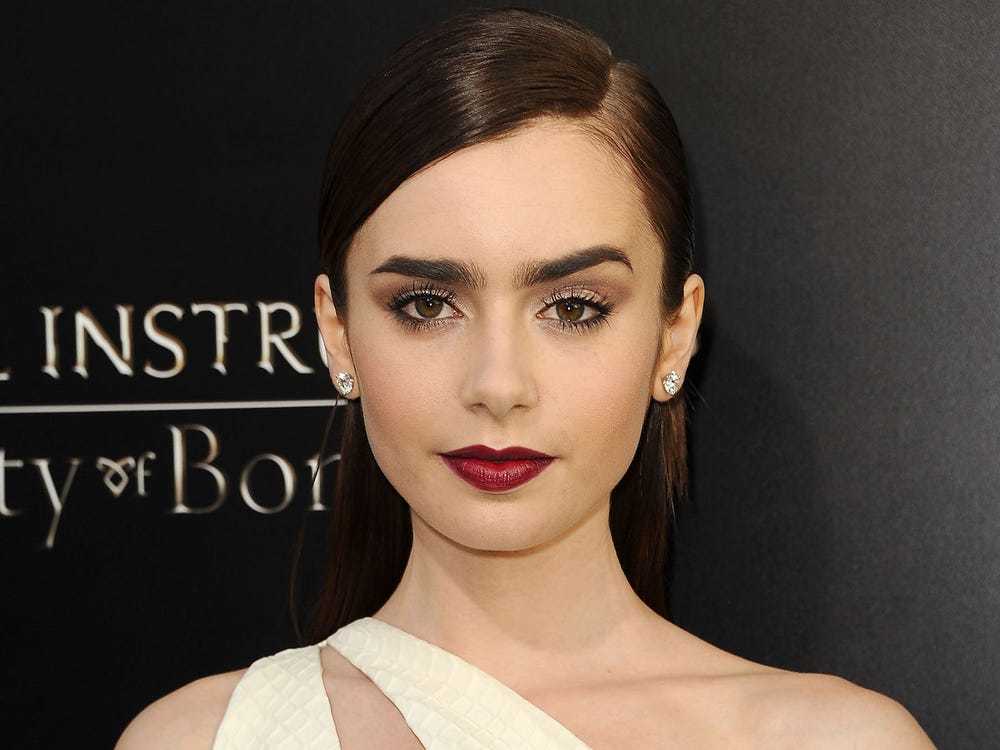
Lily Collins (2010s makeup)
Today's makeup
In today's time, makeup has a strong influence on the perception of beauty and self-confidence. This phenomenon is not only aesthetic, but also sociological, because it maintains the norms and values of society. Today, makeup becomes a means of expression and creativity.
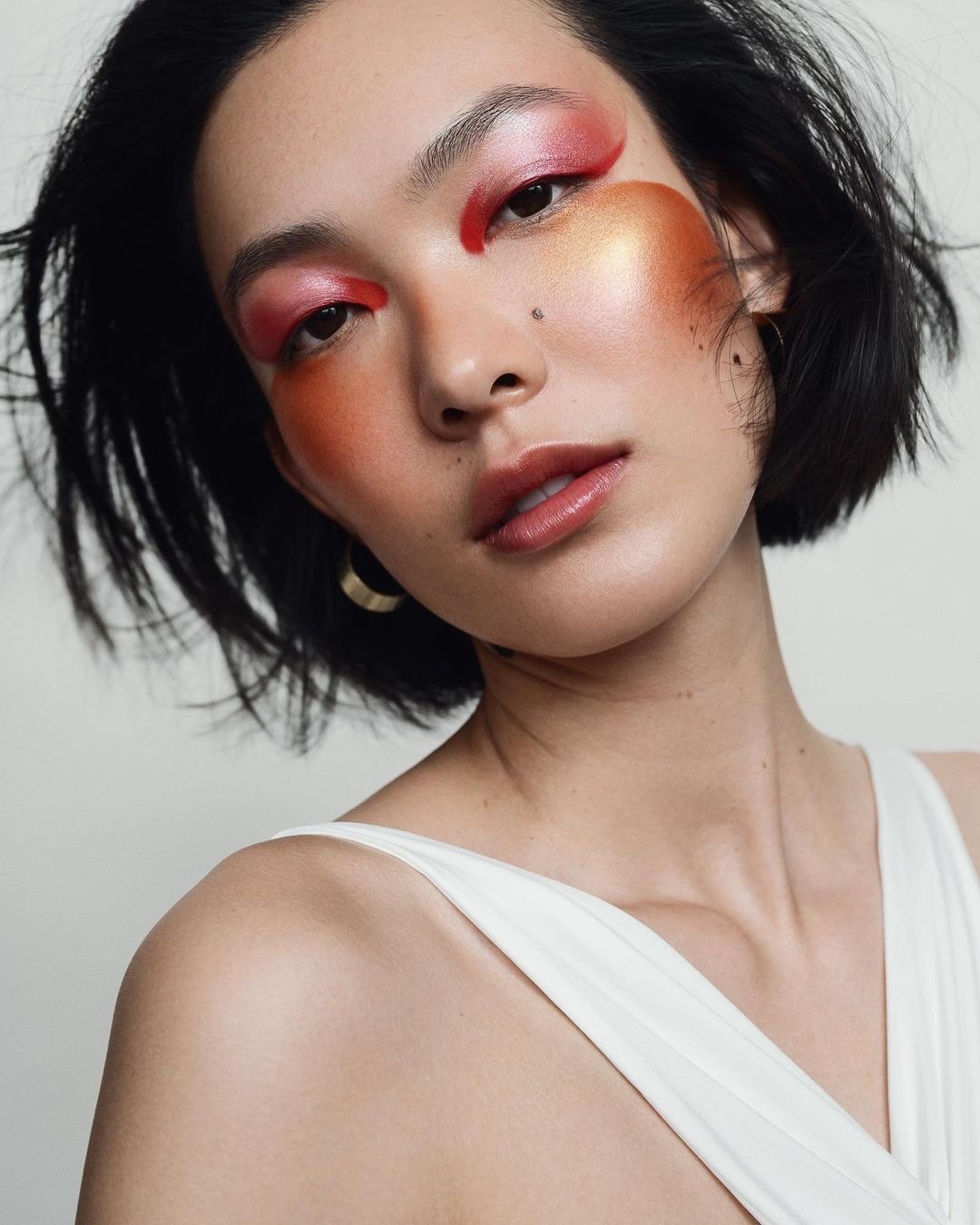
This phenomenon can be viewed through the lens of marketing, where cosmetic companies influence beauty standards. On the other hand, the movement for natural beauty stands out more and more, opposing the traditional norms of make-up.
In the end, makeup throughout history did have a deeper meaning, but it also changed with our society, having various reasons for such changes.
milica
Go to top
